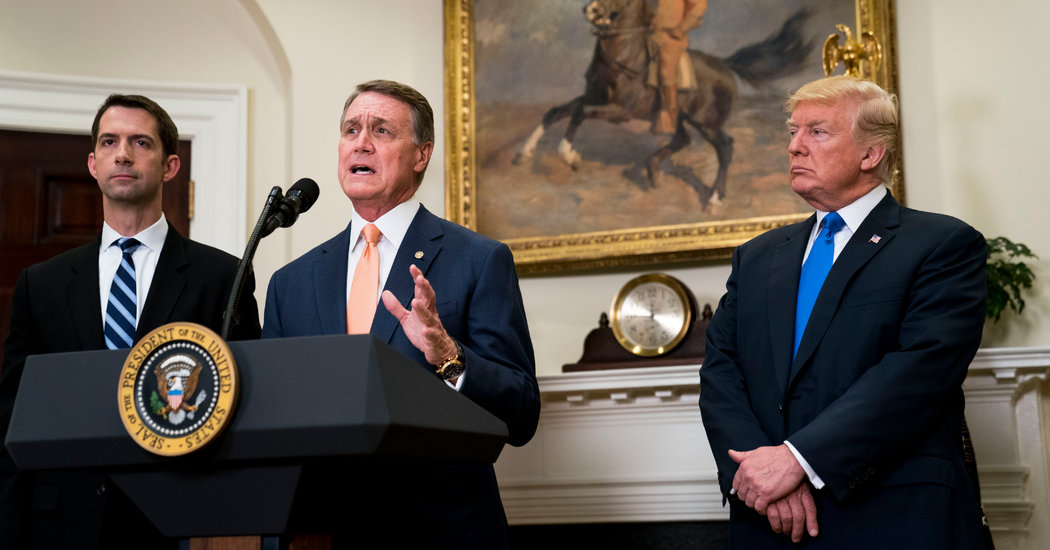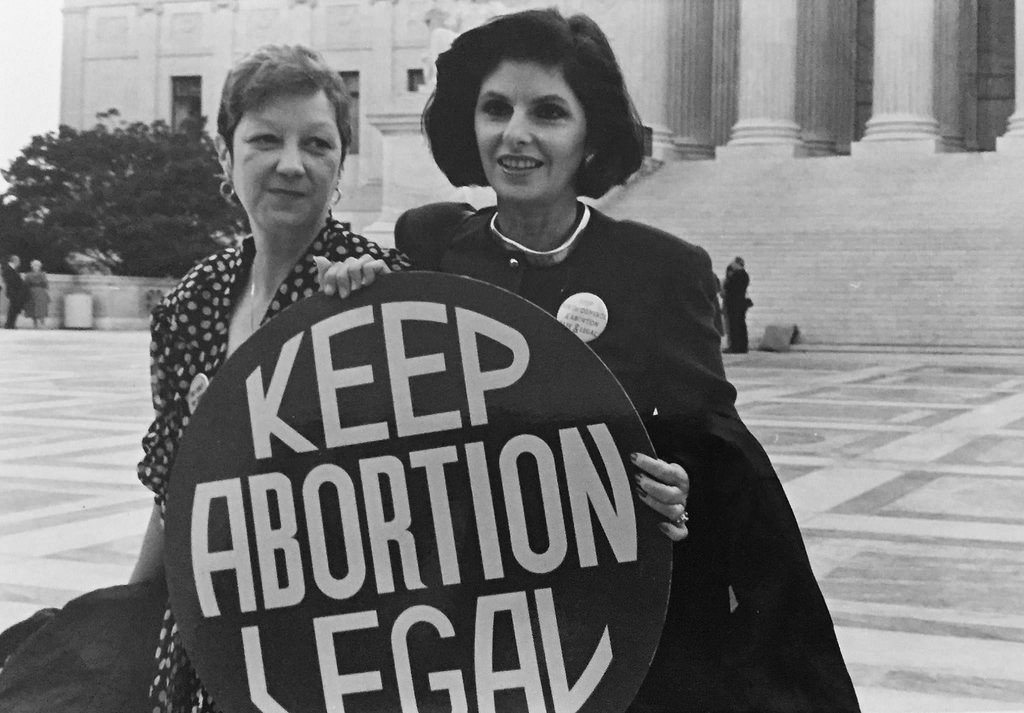Trump Immigration Policies Meet Significant Legal Resistance

Table of Contents
The Travel Ban and its Legal Challenges
The Trump administration's travel ban, initially targeting several Muslim-majority countries, became a focal point of legal contention. Understanding the evolution of this policy and the legal arguments involved is crucial to comprehending the broader context of Trump immigration policies.
Initial Executive Order and Subsequent Revisions
The initial executive order, issued in January 2017, faced immediate legal challenges due to its broad scope and perceived discriminatory nature.
- Specific countries targeted: Initially, the ban included Iran, Iraq, Libya, Somalia, Sudan, Syria, and Yemen.
- Judicial review processes: Numerous lawsuits were filed across the country, arguing the ban violated constitutional rights.
- Supreme Court rulings: The Supreme Court ultimately upheld a revised version of the ban, but the legal battles significantly shaped its final form.
- Amended executive orders: The administration issued revised executive orders in response to the legal challenges, narrowing the scope of the ban and attempting to address some of the constitutional concerns.
Constitutional and Statutory Arguments
The legal arguments against the travel ban were multifaceted, drawing on both constitutional and statutory grounds.
- Establishment Clause arguments: Plaintiffs argued the ban violated the Establishment Clause by targeting Muslim-majority countries, suggesting religious discrimination.
- Equal protection claims: The ban was challenged on the basis that it discriminated against individuals based on their nationality and religion, violating the Equal Protection Clause.
- Due process violations: Concerns were raised about the lack of due process afforded to individuals affected by the ban.
- Statutory interpretation debates: Legal arguments also focused on the interpretation of relevant immigration statutes and whether the ban complied with existing law.
The "Zero Tolerance" Policy and Family Separation
The Trump administration's "zero tolerance" policy, implemented in 2018, led to the separation of thousands of children from their parents at the US-Mexico border. This policy, a particularly harsh aspect of Trump immigration policies, resulted in widespread condemnation and significant legal repercussions.
Implementation and Public Outcry
The policy's implementation resulted in the criminal prosecution of parents crossing the border illegally, leading to the separation of families and placing children in detention centers.
- Criminal prosecution of parents: Parents were charged with illegal entry, leading to their detention and separation from their children.
- Child detention conditions: The conditions in which children were detained sparked outrage, highlighting concerns about their well-being and safety.
- Humanitarian concerns: Numerous humanitarian organizations and international bodies condemned the policy, citing its severe impact on children and families.
- International condemnation: The policy drew widespread international criticism, further fueling the legal challenges and calls for its reversal.
Legal Ramifications and Ongoing Litigation
The family separation policy prompted numerous class-action lawsuits, aiming to hold the government accountable and secure legal redress for affected families.
- Class-action lawsuits: Lawsuits were filed on behalf of separated families, seeking compensation and reunification efforts.
- Government accountability: Legal challenges aimed to establish government responsibility for the harm caused by the policy.
- Compensation for affected families: Lawsuits sought financial compensation for the trauma and suffering experienced by separated families.
- Lasting psychological impact: The long-term psychological impact on separated children and families remains a significant concern.
The Border Wall and Environmental Concerns
The construction of a wall along the US-Mexico border, a central promise of Trump immigration policies, faced considerable legal resistance, particularly regarding environmental concerns.
Construction and Environmental Impact
The construction of the border wall had significant environmental consequences, impacting sensitive ecosystems and endangered species.
- Environmental impact assessments: Challenges arose regarding inadequate environmental impact assessments and disregard for environmental protection laws.
- Endangered species: Construction threatened the habitat of various endangered species, leading to legal challenges under the Endangered Species Act.
- Water resources: Concerns were raised regarding the wall's potential impact on water resources and access to water for local communities.
- Land appropriation: The government's use of eminent domain to acquire land for the wall faced legal challenges from landowners.
Legal Challenges to Wall Construction
The border wall's construction was met with numerous legal challenges related to environmental regulations and land rights.
- Eminent domain lawsuits: Landowners filed lawsuits challenging the government's use of eminent domain to seize their property.
- Environmental protection laws: Legal challenges focused on violations of environmental protection laws and the lack of adequate environmental reviews.
- Judicial injunctions: Courts issued injunctions halting construction in certain areas due to environmental concerns.
- Funding disputes: Legal challenges also focused on the legality and appropriate use of funds allocated for wall construction.
Conclusion
The Trump administration's immigration policies faced significant and widespread legal resistance. From the travel ban's constitutional challenges to the humanitarian crisis caused by family separation and the environmental concerns surrounding the border wall, these policies sparked extensive litigation that highlighted fundamental constitutional and statutory issues. The outcomes of these cases have far-reaching implications for immigration law and policy, underscoring the critical role of judicial review in shaping the landscape of immigration enforcement. Understanding the legal challenges surrounding Trump immigration policies is crucial for comprehending the ongoing evolution of U.S. immigration law. Further research into specific court cases and their impacts on future immigration legislation is strongly encouraged.

Featured Posts
-
 India Market Buzz Niftys Bullish Run Fueled By Positive Trends
Apr 24, 2025
India Market Buzz Niftys Bullish Run Fueled By Positive Trends
Apr 24, 2025 -
 Zuckerbergs Next Chapter Navigating A Trump Presidency
Apr 24, 2025
Zuckerbergs Next Chapter Navigating A Trump Presidency
Apr 24, 2025 -
 Trump Administration And Harvard A Looming Legal Battle And Potential Settlement
Apr 24, 2025
Trump Administration And Harvard A Looming Legal Battle And Potential Settlement
Apr 24, 2025 -
 Evaluating Stock Market Valuations Insights From Bof A For Investors
Apr 24, 2025
Evaluating Stock Market Valuations Insights From Bof A For Investors
Apr 24, 2025 -
 Over The Counter Birth Control Implications For Reproductive Health After Roe V Wade
Apr 24, 2025
Over The Counter Birth Control Implications For Reproductive Health After Roe V Wade
Apr 24, 2025
